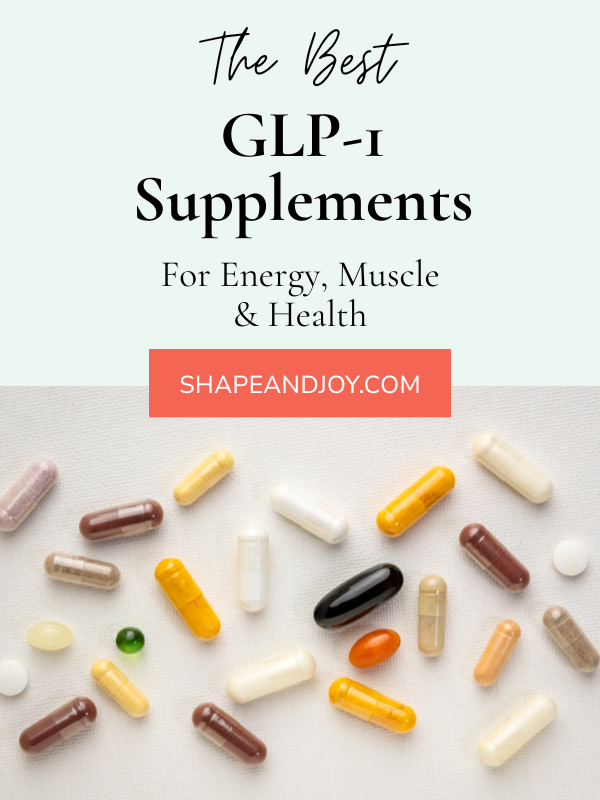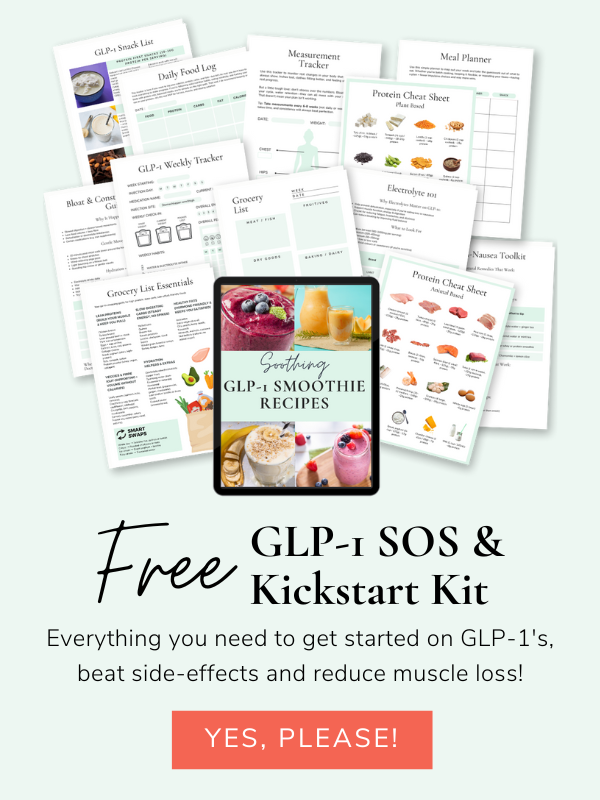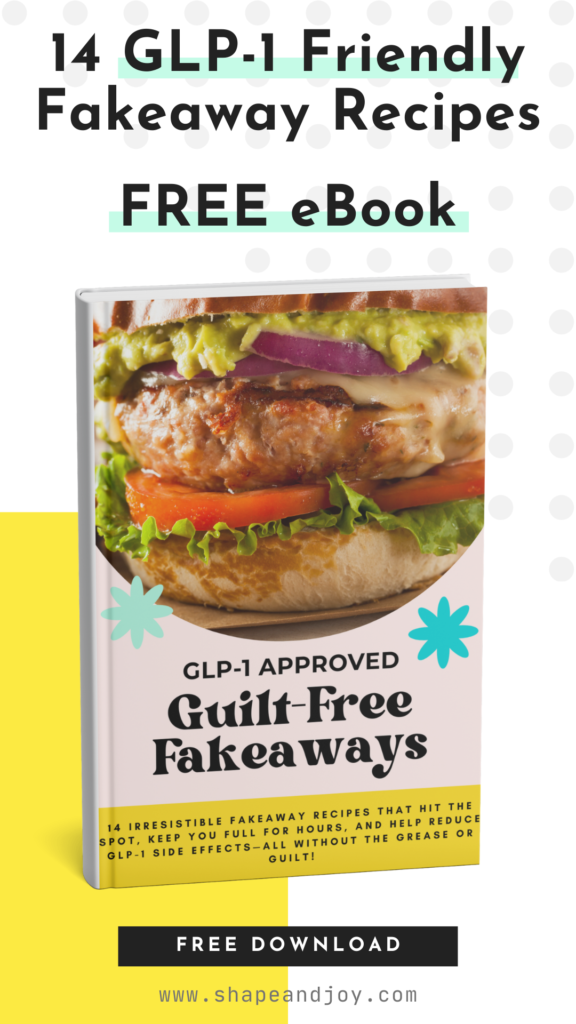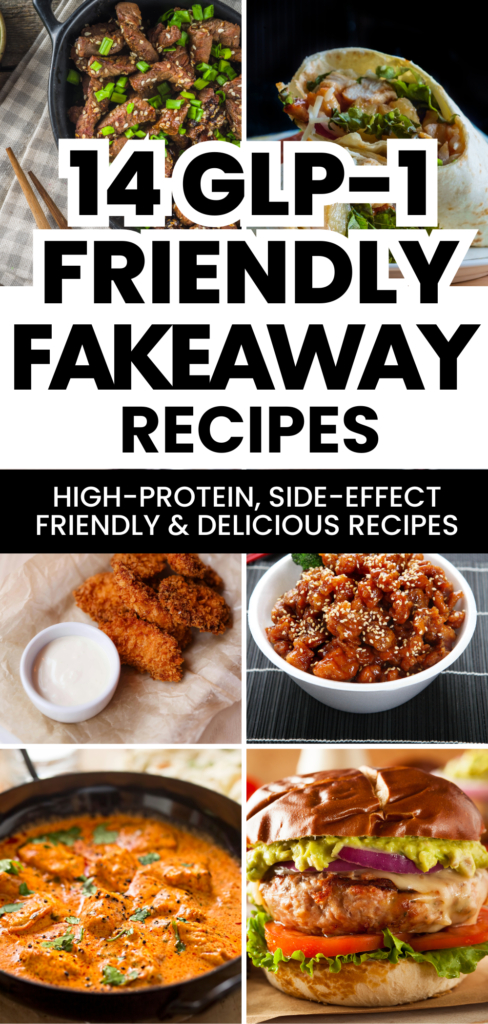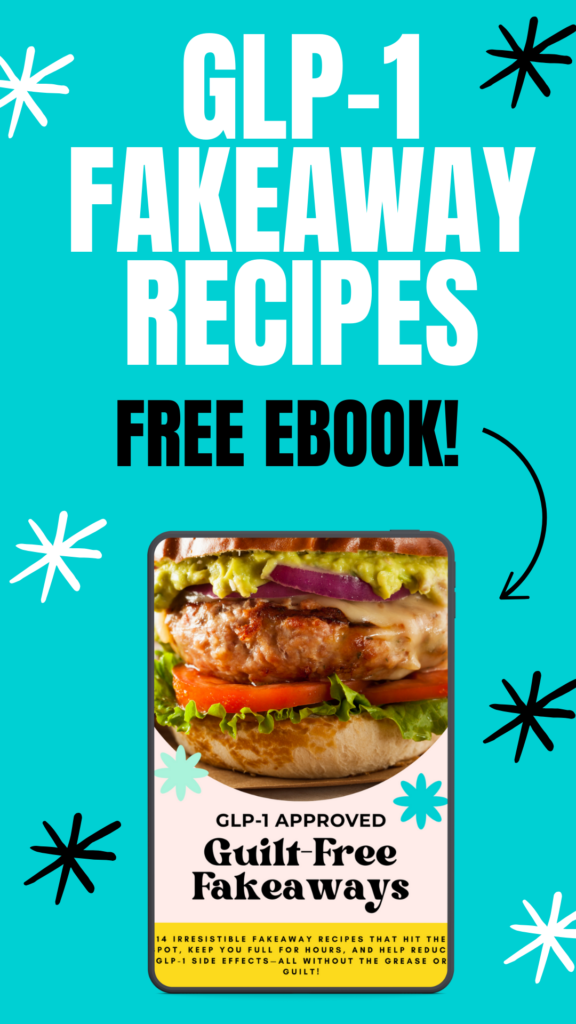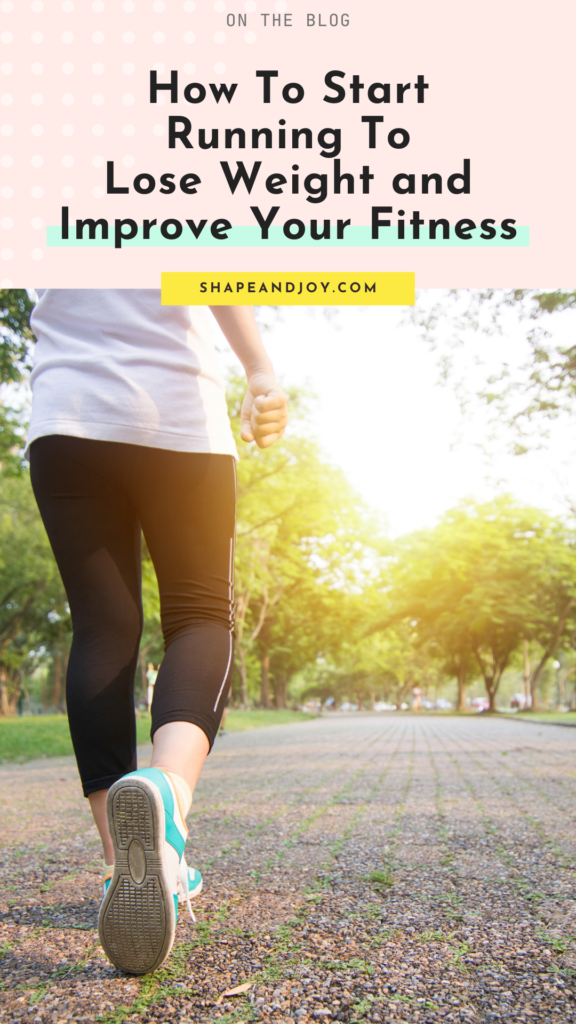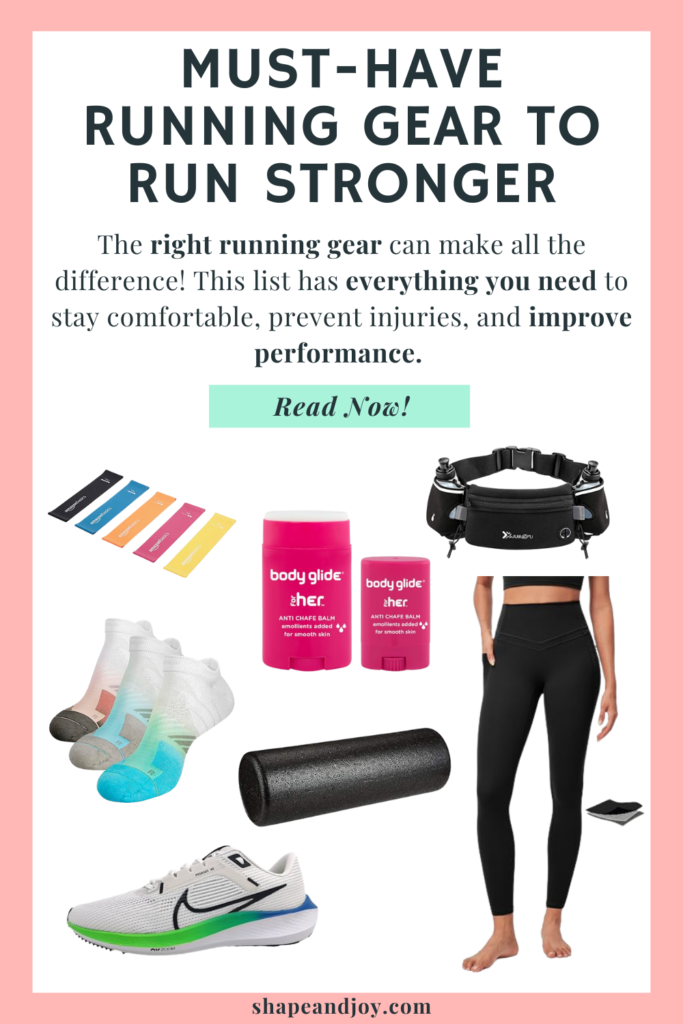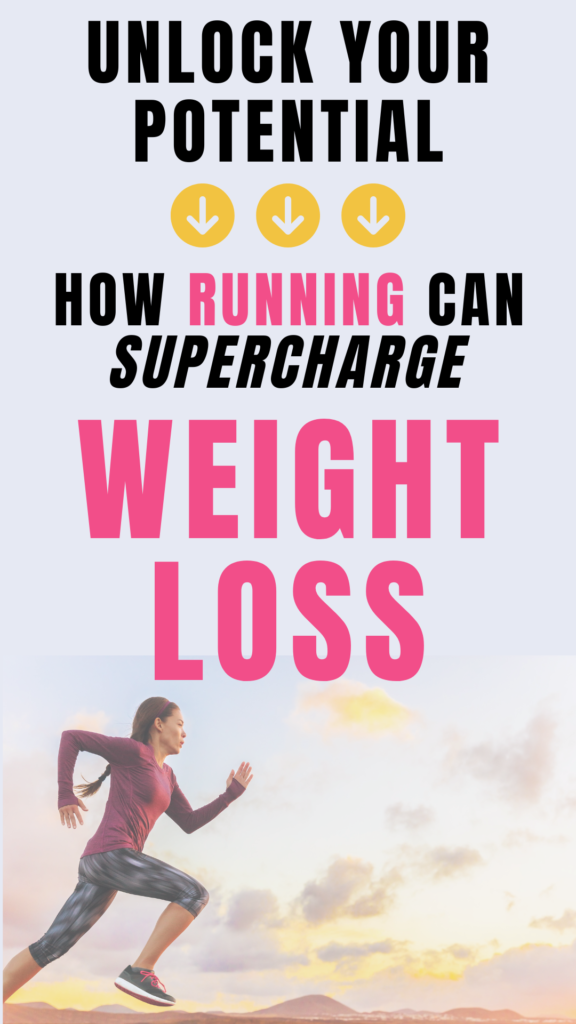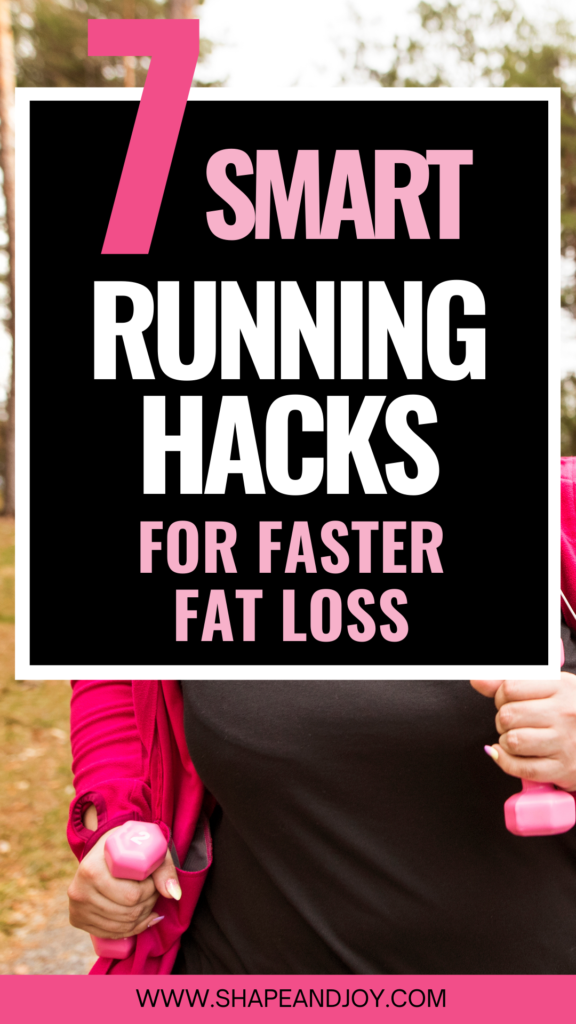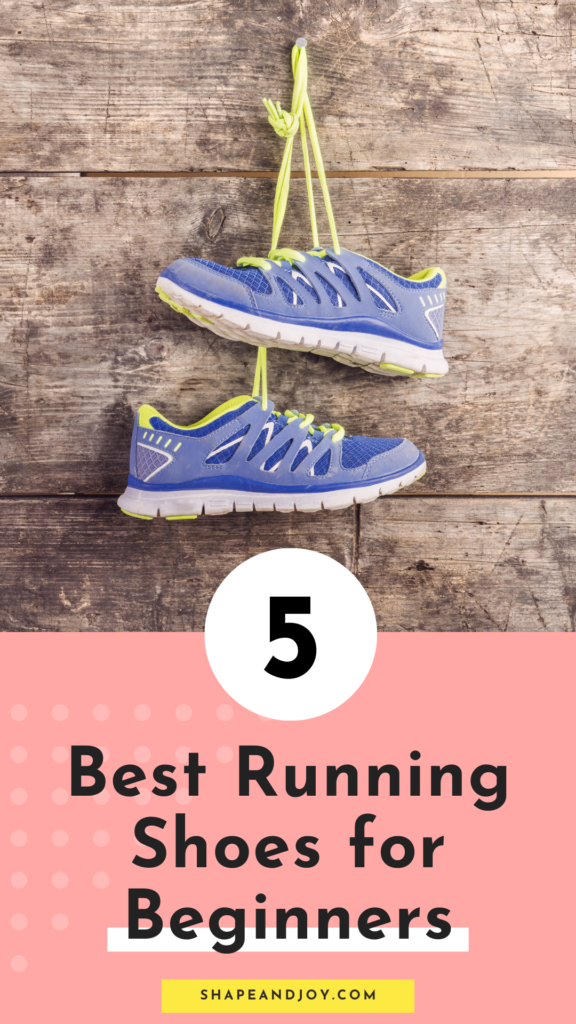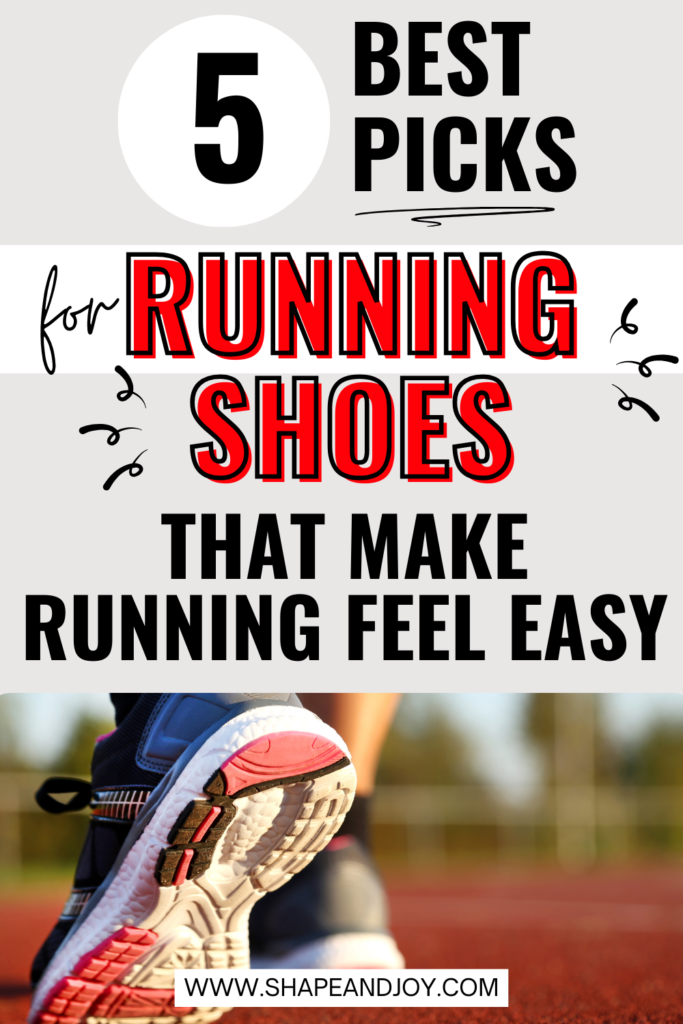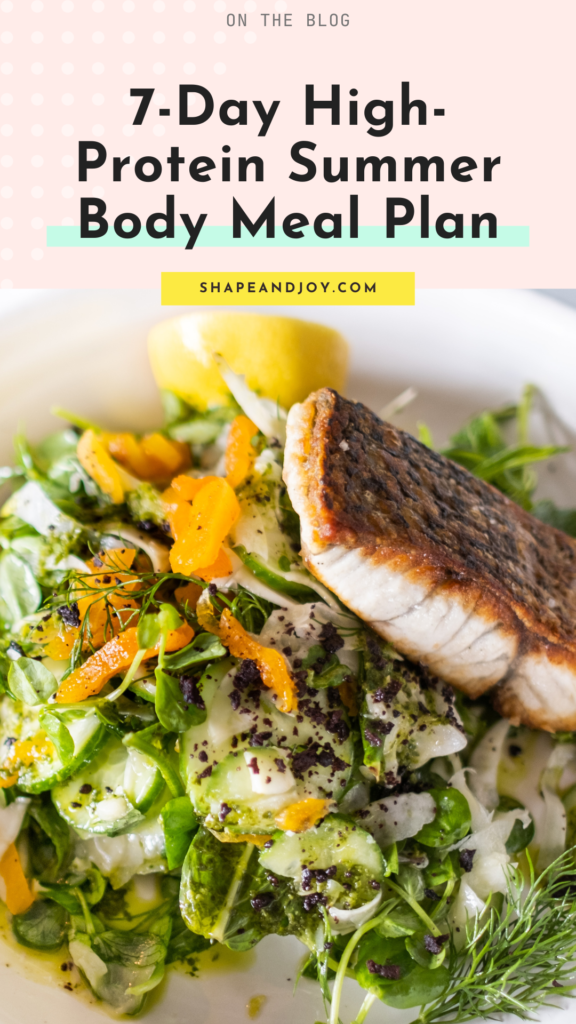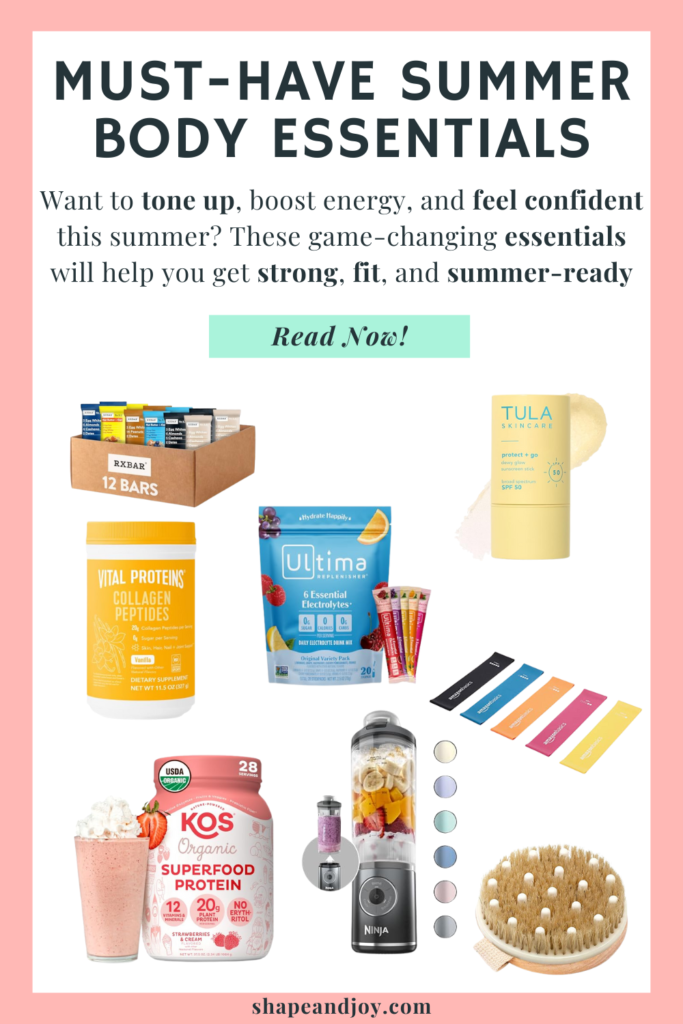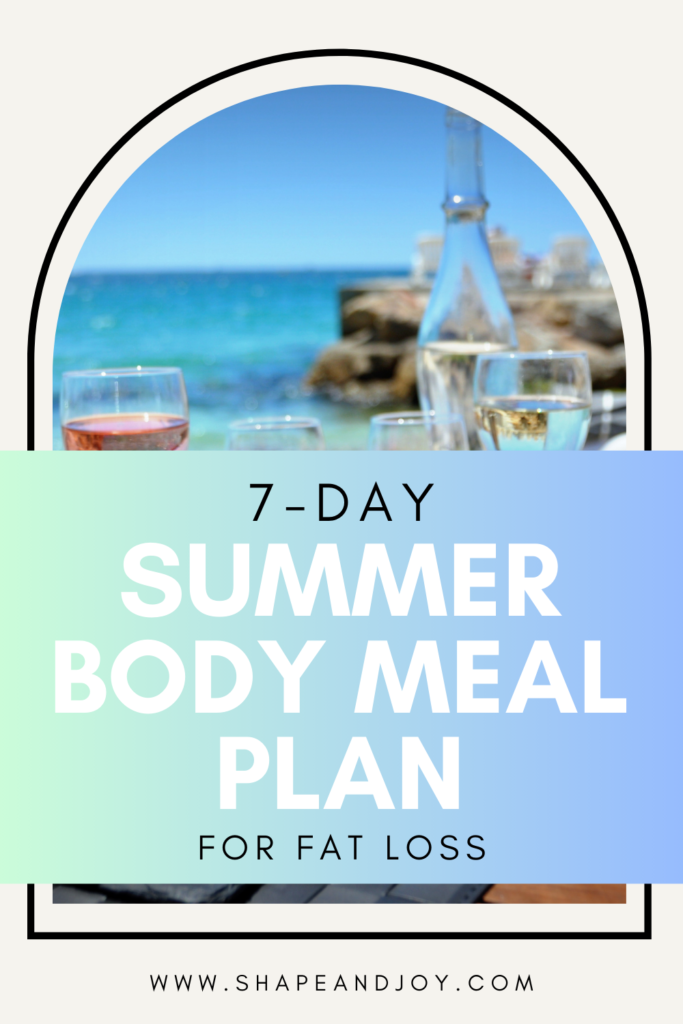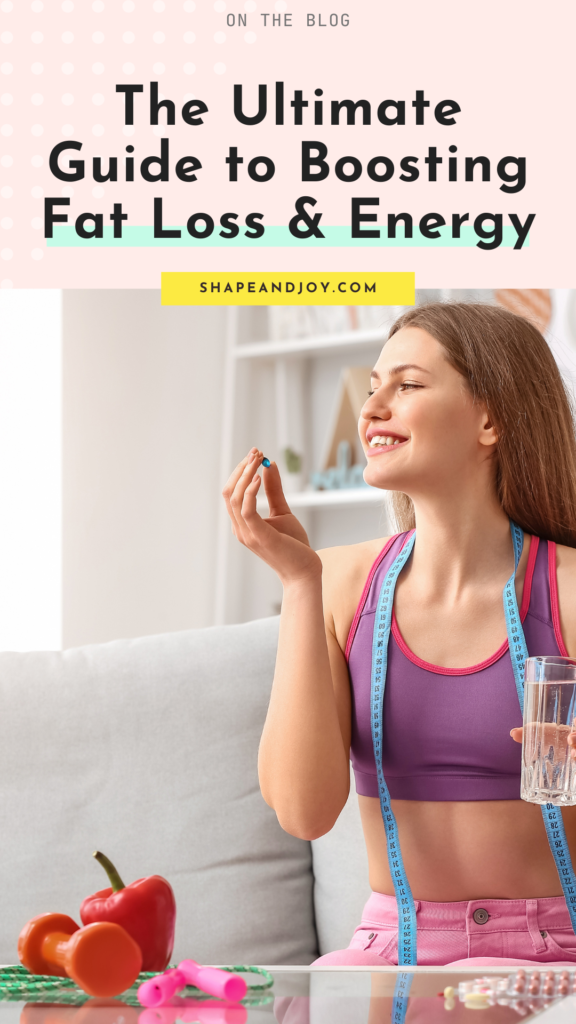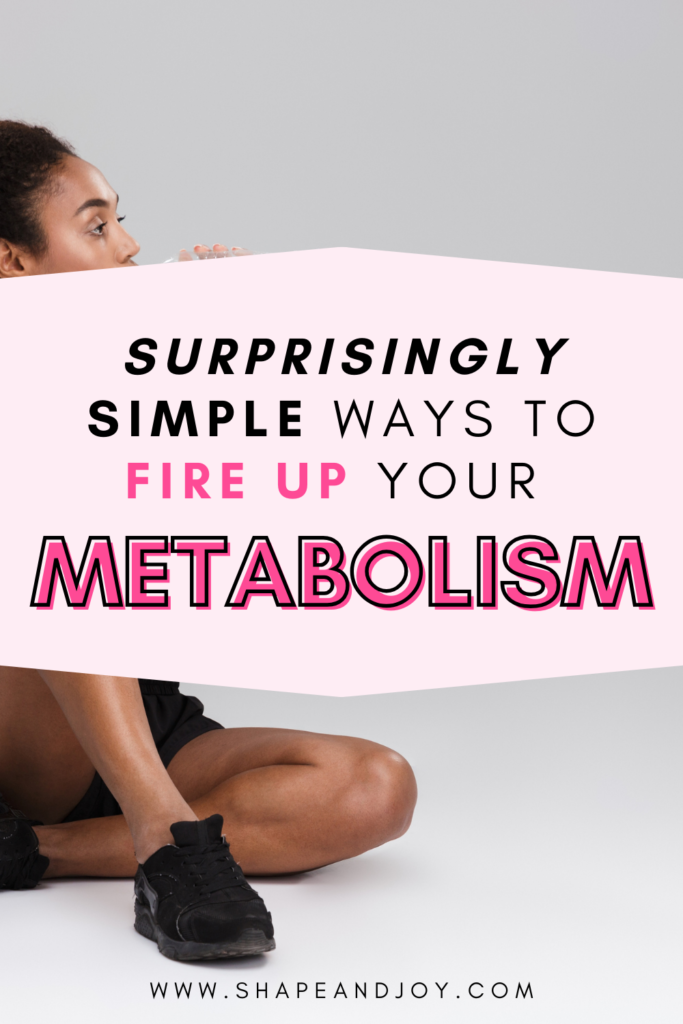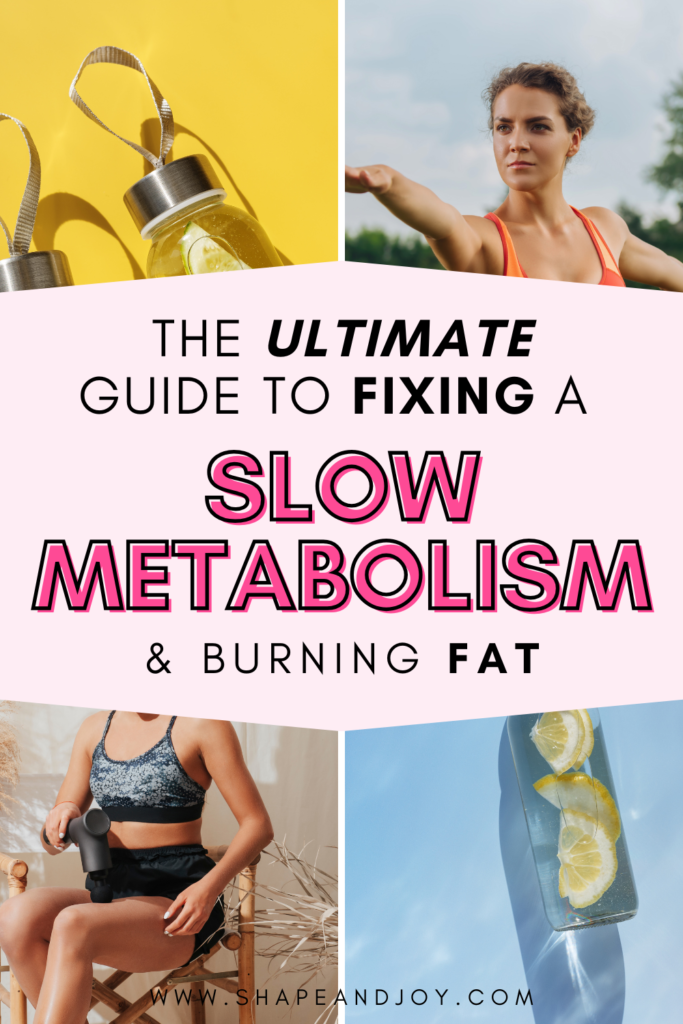Wegovy vs Zepbound vs Mounjaro: What’s the Difference (and Which One Is Right for You?)

So, you’re ready to start your GLP-1 journey — or you’ve been on one med and wondering, “Am I missing out on something better?” Enter: the comparison chaos. Wegovy, Zepbound, Mounjaro — they all sound like villain names from the Avengers, but they’re actually powerful tools helping thousands of people finally feel in control of their hunger, their weight, and their health.
But what’s the difference between them? Does one work faster? Are the side effects worse on one? And most importantly — which one should you be on?
Let’s break it down in plain English!
Wegovy: The OG Weight Loss Game-Changer
What it is:
- Brand name for semaglutide
- Originally developed for type 2 diabetes (as Ozempic), then repurposed for weight loss
- Taken once weekly via injection
Pros:
- Well-researched and widely used
- Proven to help with significant weight loss (up to 15% body weight in studies)
- Often first choice in the UK and through NHS Tier 3 services
- Known for its effect on appetite suppression and food noise reduction
Considerations:
- Common side effects: nausea, constipation, fatigue, and that lovely burping thing
- Weight loss can plateau over time if habits don’t come along for the ride
- Some people struggle with appetite loss so extreme, they forget to eat (which, FYI, isn’t the goal)
Mounjaro: The Muscle-Friendly Metabolism Booster
What it is:
- Brand name for tirzepatide
- Originally developed for type 2 diabetes (and still used for that)
- Works on two hormones: GLP-1 and GIP — fancy, right?
Pros:
- Double hormone = potential stronger appetite control and better blood sugar regulation
- Early studies suggest more fat loss and better muscle retention than semaglutide
- Some people feel fewer side effects compared to Wegovy
Considerations:
- Not officially approved for weight loss in the UK (yet), though used off-label
- May not be accessible through NHS services — mostly private clinics
- Higher doses can hit harder, so titration is key (see: your burping, tired, slightly moody week 3)
📌 Pin this for later! ⬇

Zepbound: The New Kid on the Fat-Loss Block
What it is:
- Brand name for tirzepatide officially approved for weight loss
- Basically Mounjaro, but marketed specifically for fat loss rather than diabetes
- Same active ingredient, different intention (and potentially, different insurance coverage if you’re in the US)
Pros:
- Approved for chronic weight management, not just diabetes
- Strong appetite suppression and real reductions in food noise
- Likely to become the go-to for people wanting to start with tirzepatide without a diabetes diagnosis
Considerations:
- Newer, so fewer long-term weight loss data sets than Wegovy
- Like Mounjaro, it may come with a hefty price tag if you’re paying out of pocket
- Some people feel more side effects during dose increases — nausea, tiredness, bloating
So, Which One Is Right for You?
Let’s make it easy.
| About | Wegovy (Semaglutide) | Mounjaro (Tirzepatide) | Zepbound (Tirzepatide) |
|---|---|---|---|
| Best for | NHS access, first-timers, strong appetite suppression | Muscle retention, PCOS, insulin resistance, private care | New starters wanting a weight-loss–focused tirzepatide |
| Side effects | Mild to moderate nausea, fatigue, constipation | Can be gentler for some, but depends on dose | Similar to Mounjaro, may be more intense at higher doses |
| Access in UK | NHS + private | Private clinics only (off-label for weight loss) | Not currently available in UK |
| Access in US | Prescription with insurance (often needs pre-auth); self-pay available | Prescription with or without insurance (for diabetes); often used off-label for weight loss | Prescription approved for weight loss; available with insurance or self-pay |
| Effectiveness | Up to 15% body weight loss | Up to 20% in some studies | Same as Mounjaro — potential for higher fat loss, less muscle loss |
| Cost (Private) | UK: £150–£250/month US: $1,000–$1,300/month (full price); may be lower with insurance or savings card |
UK: £200–£300+/month (private) US: $1,000–$1,300/month; some discounts with insurance or coupons |
UK: Not yet available US: $1,000–$1,300/month; covered by some insurers for weight loss |
Bottom Line: They’re All Tools — Not Magic
Here’s the truth: Wegovy, Zepbound or Mounjaro? None of these meds are a cheat code.
But they are powerful tools to help you:
- Regulate hunger
- Reduce emotional eating
- Break out of binge–restrict cycles
- Stay consistent with a high-protein GLP-1 meal plan
- Feel stronger, healthier, and more in control
The difference between Wegovy, Zepbound or Mounjaro will come down to:
- How your body responds
- What’s accessible to you (hello, budget and location)
- And how well you support it with things like meal planning, movement, and mindset
Next Steps:
Still not sure which one is right for you?
- Grab my free GLP-1 Kickstart Bundle to help you get started on the right foot!
- Read: First 30 Days on GLP-1s: Timeline & Expectations if you’re ready to start and want a real-talk breakdown of what those first few weeks are like.
- Or dive into the GLP-1 Nutrition Guide to start eating for results
Whatever med you’re on — or thinking about — you’re not behind, you’re not broken, and you’re definitely not alone.
📌 Pin this for later! ⬇















